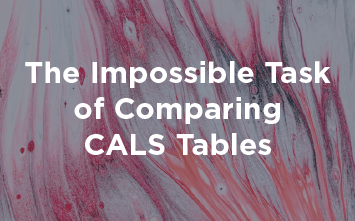HTML tables, pervasive in web development, often present formidable challenges in data processing due to their lax structure and diverse content. Our paper delves deeply into these challenges, offering a meticulous analysis of the intricacies involved in rectifying HTML tables within the XML framework.
At the heart of our innovative solution lies the concept of content model-directed XSLT transformation. By aligning XML transformation with the intrinsic content model of HTML tables, we introduce a paradigm shift in table normalisation, offering a more efficient and precise method for handling diverse table structures. Through a blend of theoretical exploration and practical implementation, we illustrate the potency of XSLT in surmounting the intricacies of HTML table normalisation.







